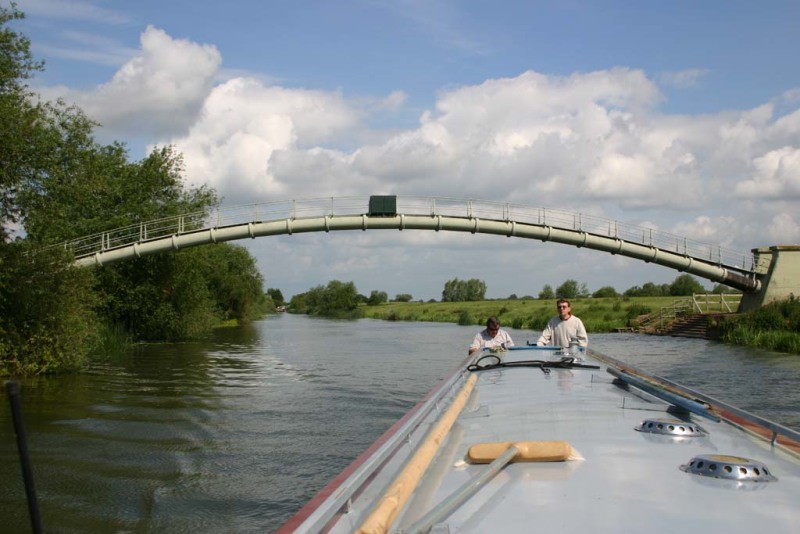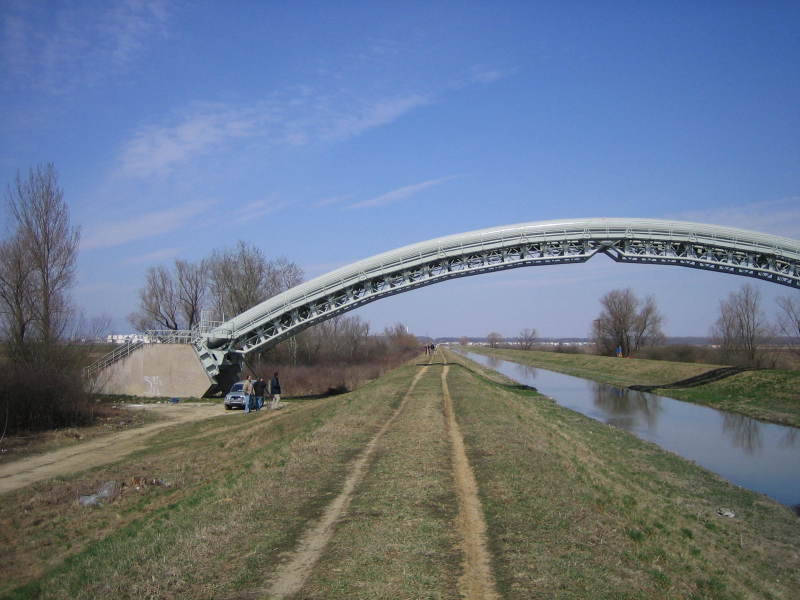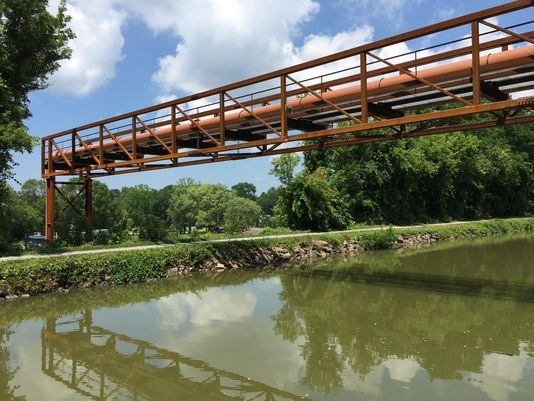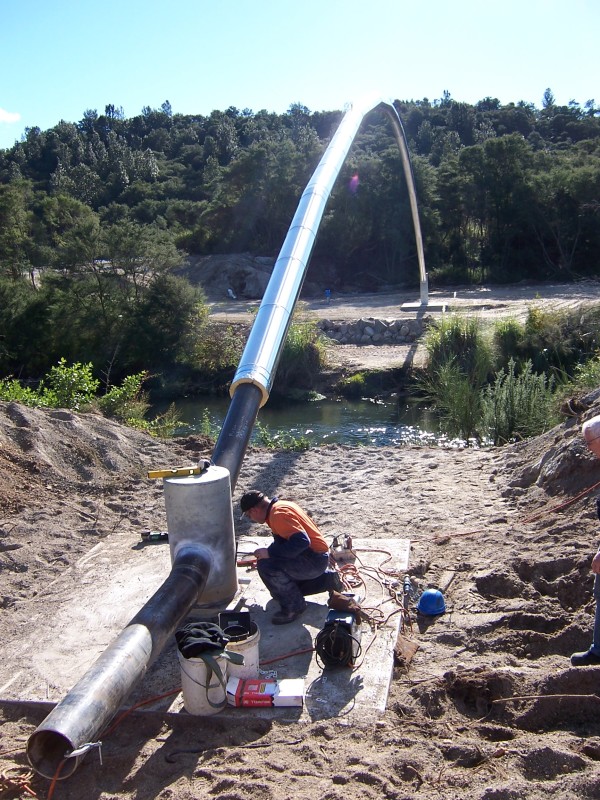Gabrielsfe
Mechanical
Dear colleagues:
I m working in a project where I have to design a water piping system DN 900 using "curved" metal Sheets ( I'm not sure if "curved" is the correct word in English).
I have an issue:
I don't know which is the a code or standard that indicates me the way to calculate and design the longitudinal seam and the seam between two consecutive tubes. Where is the formula/e?. I must do a Calculation Report indicating the formula, allowable stresses, safety coeficients, etc., and the source of the data, etc.
Thanks
I would appreciate your help.
PD 1: The specifications say I have to use AWWA Codes ( they doesn't help too much...)
PD 2: I have access to ASME Code VIII Div 1 Rules for Construction of Pressure Vessels but one paragraph says that this code doesn't apply for piping...
I m working in a project where I have to design a water piping system DN 900 using "curved" metal Sheets ( I'm not sure if "curved" is the correct word in English).
I have an issue:
I don't know which is the a code or standard that indicates me the way to calculate and design the longitudinal seam and the seam between two consecutive tubes. Where is the formula/e?. I must do a Calculation Report indicating the formula, allowable stresses, safety coeficients, etc., and the source of the data, etc.
Thanks
I would appreciate your help.
PD 1: The specifications say I have to use AWWA Codes ( they doesn't help too much...)
PD 2: I have access to ASME Code VIII Div 1 Rules for Construction of Pressure Vessels but one paragraph says that this code doesn't apply for piping...





![[thumbsup2] [thumbsup2] [thumbsup2]](/data/assets/smilies/thumbsup2.gif)
